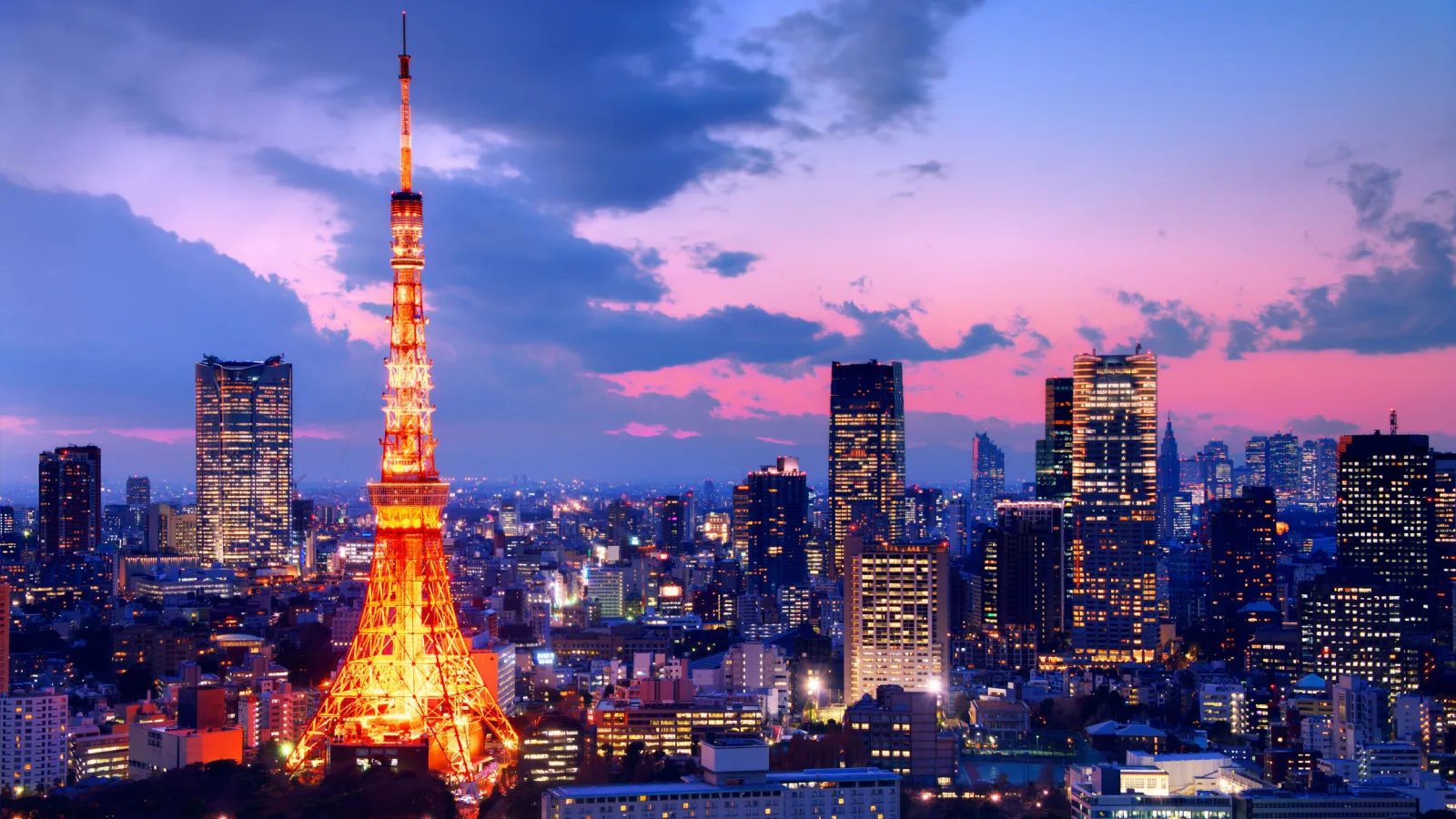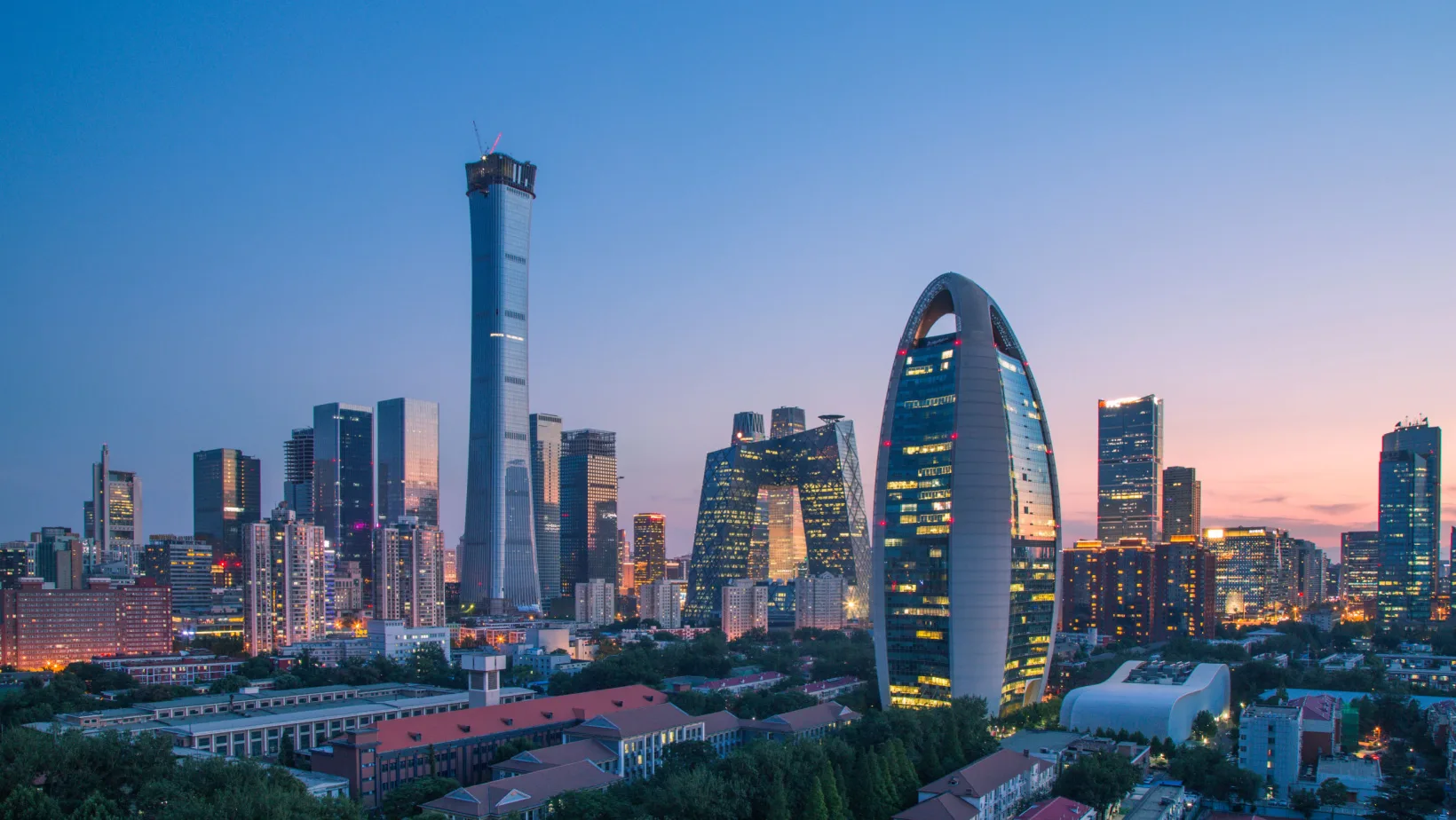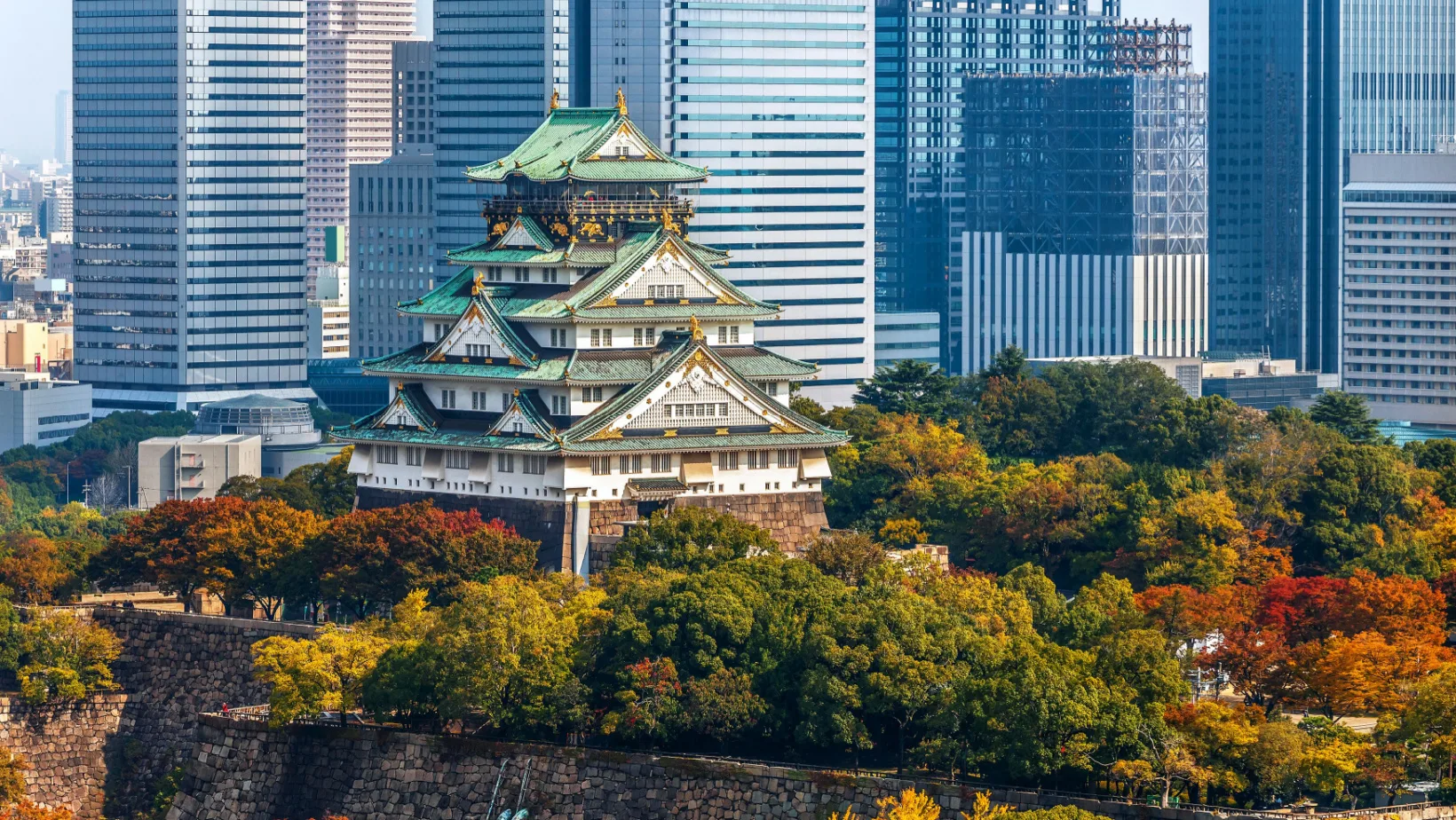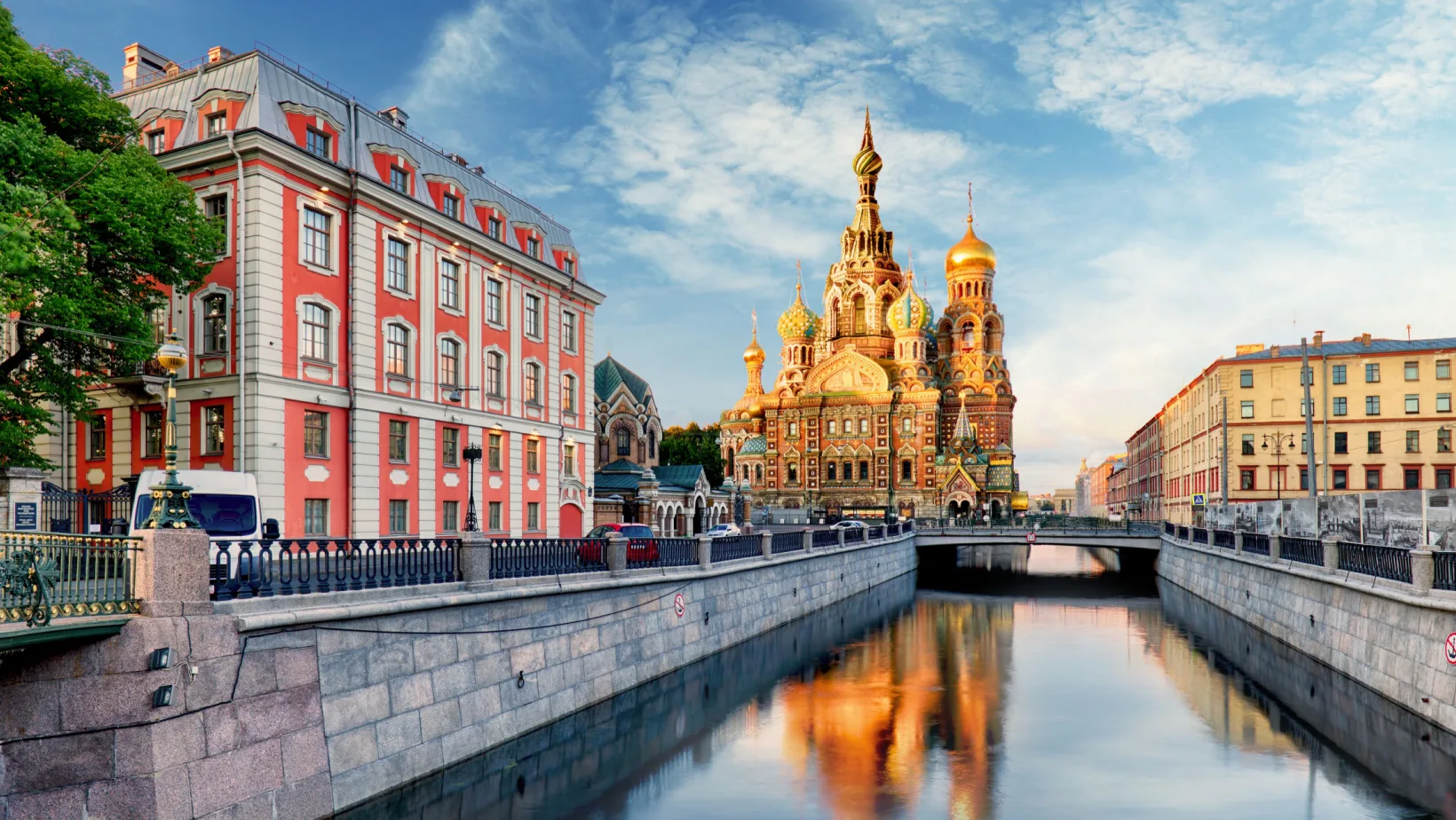Every city has its own economy that may or may not be conducive to housing affordability. In today’s fast-paced era, finding a more affordable place to live while also maintaining living standards can feel like navigating a minefield. However, even with rising population and costs, there’s hope: many cities are actively working to make living expenses more manageable. The Economist Intelligence Unit says these 10 cities are becoming cheaper to live in.
10. Tokyo

Tokyo, the capital of Japan, began as a small fishing village and is now the world’s largest city with a population of 37.4 million people. Yet, Tokyo still has affordable housing in a world where property prices are out of control. Housing prices have barely risen in the last 20 years as well as inflation. This can be attributed to several factors, including Japan’s aging population and declining birth rate. Tokyo’s housing market’s stability offers current and future residents a sense of security. All of this is great news for digital nomads, who can now apply to work remotely in the country.
As the 20th century dawned, Tokyo underwent rapid reconstruction, urbanization, and essentially a cultural transformation. This era indeed marked a significant turning point for Tokyo’s economy. Today, it’s a commercial hub for many international corporations, mainly those in the finance sector. Further, the occupation of the busiest Japanese railway station in Tokyo has accelerated its GDP rate.
9. Lagos

Nigeria’s capital, Lagos, ranks among the world’s cheapest cities, according to a 2023 survey by the Economist Intelligence Unit (EIU). The relative cost of living has more than halved since 2008.
Lagos stands as a focal point of African economics. With the largest seaport in the region, Lagos comprises Africa’s fourth-highest annual production output. The city’s economic strength is buoyed by professional sectors including commerce, technology, and tourism. As Nigeria’s largest city, Lagos is steadily growing as a top destination for tourists seeking dream destinations.
➤ Learn about moving to Nigeria
8. Dalian

Dalian, one of North China’s most densely populated cities, offers a lower cost of living compared to other major China cities like Shanghai. Let’s put it into perspective: living expenses in Dalian are about 68 percent less expensive than in New York, excluding rent, with rent costs being a jaw-dropping 93 percent lower.
The city’s affordability is influenced by its economic development, which has transformed Dalian into a pivotal shipping center for East Asia. Attracting large groups of foreign tourists, particularly from Japan and Russia, Dalian has experienced consistent growth in its annual output in recent years. Petrochemicals and machine manufacturing are the city’s main industries driving its economy forward.
7. Beijing

Beijing, the capital of China, is more affordable than most cities compared to the West and is actively addressing housing needs with ambitious plans to build 42,000 more affordable housing units this year.
Additionally, Beijing Capital International Airport, the world’s second busiest airport, plays a crucial role in global business and transportation. Its operations significantly contribute to China’s annual output, and ultimately the city’s economic growth.
6. Osaka

Osaka is considered a cheaper city in Japan, with a relatively affordable cost of living and a wide range of affordable dining options, and is even known for its amazing street food. With a monthly average cost of living of $1296, Osaka ranks as the 10th most expensive out of 907 cities in Japan.
The city serves as the headquarters for several international corporations and is known as a major financial center of Japan. It’s home to multicultural groups of people and people in Osaka tend to be friendlier and generally won’t hesitate to speak to expats or foreigners.
5. Wuxi

Eastern China city Wuxi is home to a diverse blend of cultures and languages with a relatively low cost of living compared to other major Chinese cities.
Dating back to ancient times, Wuxi has been a powerhouse in the Chinese economy, serving as a center hub for the production and export of rice, silk, and textiles. It’s known as one of China’s greatest grain markets. Wuxi also has a thriving automobile and solar-related technologies industry, making it the largest GDP-generating region in the country.
4. Nanjing

Nanjing is a remarkably cost-effective city where your expenses won’t burn a hole in your pocket and you can get by with a budget-friendly lifestyle. For instance, it’s about 68.9 percent less expensive than New York, excluding rent, with the average rent in Nanjing being a staggering 87.5 percent lower. With an average cost of living pegged at $749, Nanjing ranks among the top 29 percent of the least expensive cities globally.
Nanjing is experiencing a surge in various industries and corporations, making the cost of living considerably affordable for its residents. Its commercial market mainly includes finance, cultural, and tourism-based industries. Nanjing is also witnessing the development of technology-related corporations, particularly in information technology. Moreover, a large portion of Chinese agricultural production relies on the city’s contributions.
3. Nairobi

Nairobi, Kenya’s capital and largest city, is quickly becoming one of the world’s cheapest cities, particularly for expats. In the 2023 Cost of Living City Ranking by American consulting firm Mercer, Nairobi dropped 13 spots to the 173rd most expensive out of 227 cities, marking a positive shift.
While this seems like a positive trend, it’s important to note the reality for Kenyans. They’re feeling the pinch of higher living costs due to the rising prices for essentials, increased taxes, and their depreciating shilling, which just hit a record low of 147.36 against the US dollar, compared to 123.37 earlier this year. In contrast, expats working globally and earning dollars, pounds, or euros are enjoying their rising salaries. This imbalance gives expats an advantage amid Kenya’s economic shifts.
Beyond the changing costs, Nairobi is home to one of Africa’s largest stock exchanges and is rapidly growing in the services sector, especially in computer software and related technologies.
2. St. Petersburg

Saint Petersburg, Russia’s second-largest city and the fourth most populous in Europe, is generally an affordable place to live, with low housing costs and reasonable tuition rates. In comparison to New York, Saint Petersburg is 69.2 percent less expensive, excluding rent, with rental rates being 87.5 percent lower.
The city’s flourishing tourism industry has played a crucial role in boosting its economic development. The State Hermitage Museum, one of St. Petersburg’s most popular attractions as well as one of the world’s largest museums, serves as a gateway to the international market. Besides its rich cultural heritage, St. Petersburg has a fully developed sector in oil and gas trading, further contributing to its economic success.
1. Moscow

Moscow has the largest urban economy in Europe and is also the most populated city. As Europe’s most visited city, it continues to attract tourists from around the globe, fueling its ongoing growth.
While Moscow has historically been considered an expensive city, it’s gradually becoming more affordable for expats. Despite price increases in many European cities, the weakening of European currencies against the U.S. dollar is naturally placing more cities, like Moscow, in the category of affordable cities. Although the cost of living in Moscow is still considered relatively high, it’s still worth including on this list because of its increasing affordability, especially when compared to major cities like New York and London. The cost of living in Moscow is 59 percent cheaper than in New York, 47 percent cheaper than in Paris, and 38 percent cheaper than in Munich.
Source: EIU






